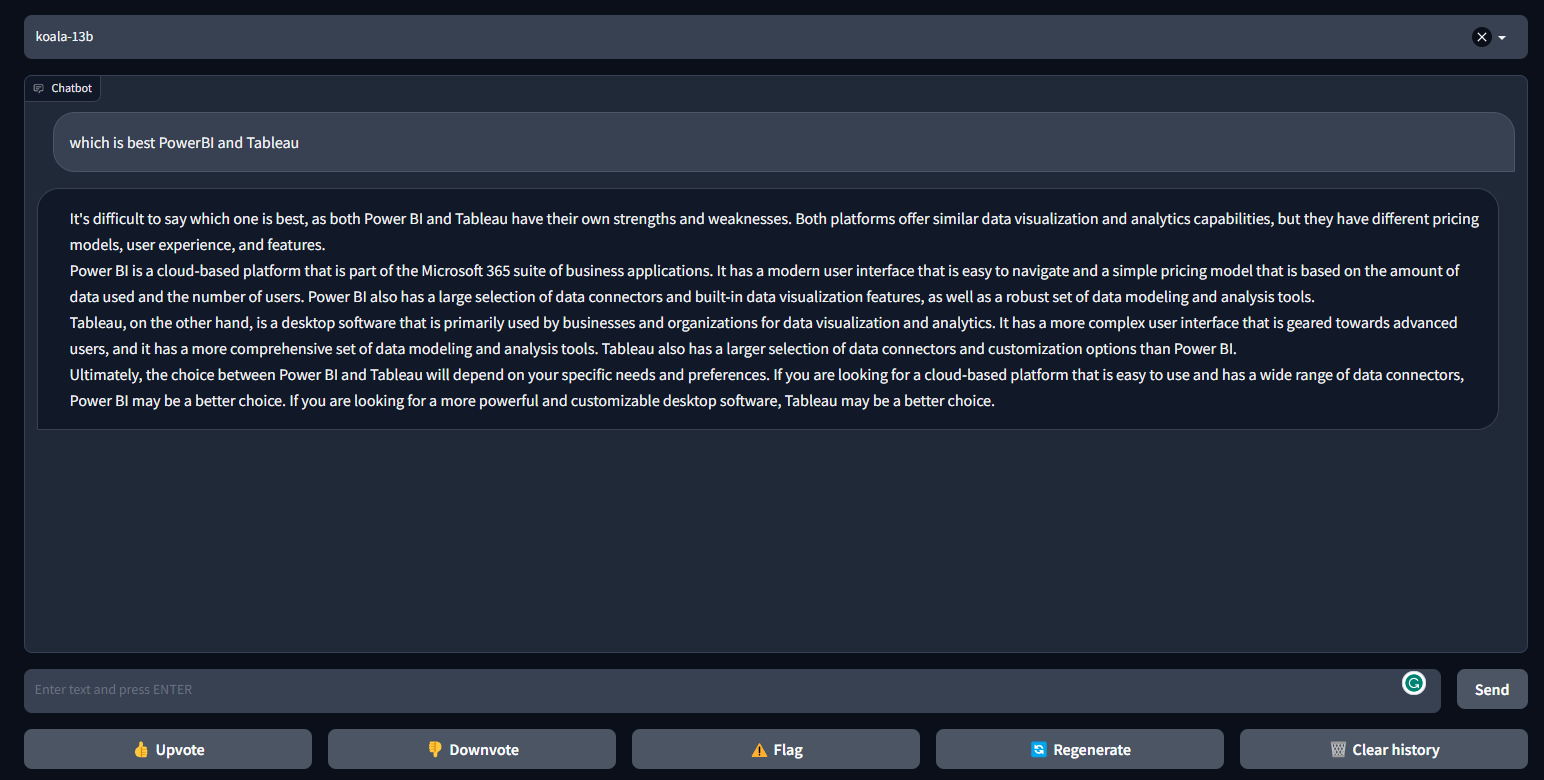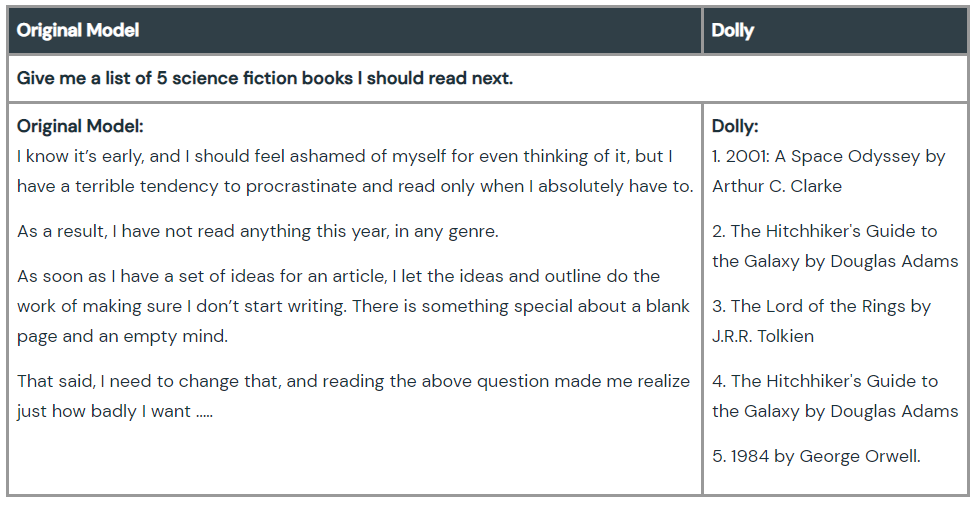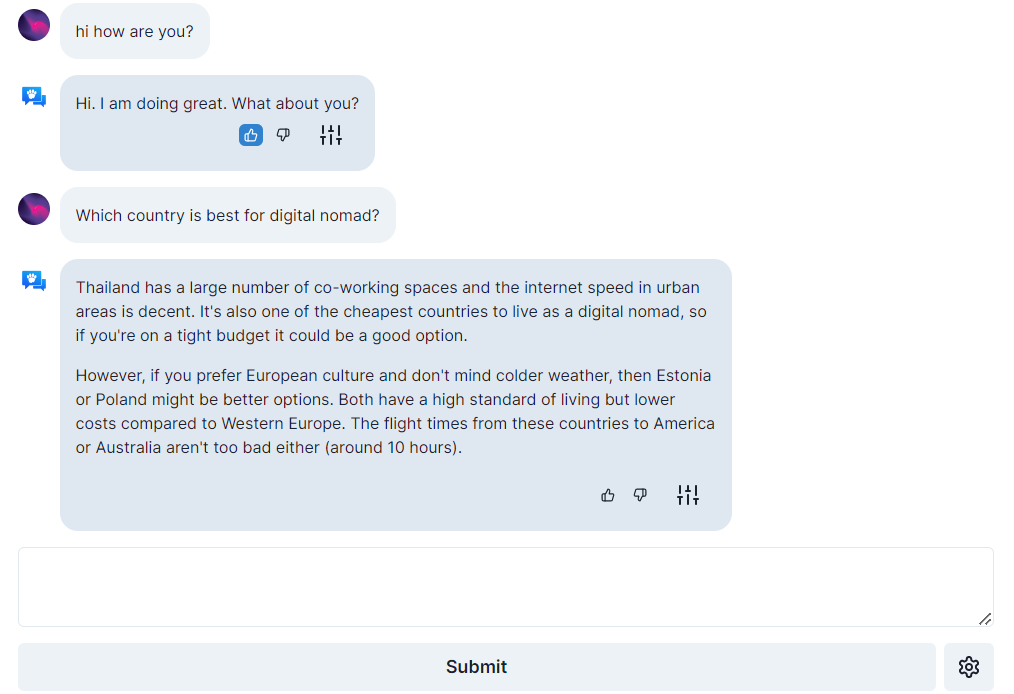12 GPT-4 Open-Source Alternatives
GPT-4 open-source alternatives that can offer similar performance and require fewer computational resources to run. These projects come with instructions, code sources, model weights, datasets, and chatbot UI.
Apr 2023 · 9 min read
RelatedSee MoreSee More
blog
What is GPT-4 and Why Does it Matter?
OpenAI has announced the release of its latest large language model, GPT-4. This model is a large multimodal model that can accept both image and text inputs and generate text outputs.
Abid Ali Awan
8 min
blog
GPT-3 and the Next Generation of AI-Powered Services
How GPT-3 expands the world of possibilities for language tasks—and why it will pave the way for designers to prototype more easily, streamline work for data analysts, enable more robust research, and automate content generation.
Adel Nehme
7 min
blog
A Beginner's Guide to GPT-3
GPT-3 is transforming the way businesses leverage AI to empower their existing products and build the next generation of products and software.
Sandra Kublik
25 min
tutorial
GPT-4 Vision: A Comprehensive Guide for Beginners
This tutorial will introduce you to everything you need to know about GPT-4 Vision, from accessing it to, going hands-on into real-world examples, and the limitations of it.
Arunn Thevapalan
12 min
tutorial
GPT-4o API Tutorial: Getting Started with OpenAI's API
To connect through the GPT-4o API, obtain your API key from OpenAI, install the OpenAI Python library, and use it to send requests and receive responses from the GPT-4o models.
Ryan Ong
8 min
code-along
Fine-tuning GPT3.5 with the OpenAI API
In this code along, you'll learn how to use the OpenAI API and Python to get started fine-tuning GPT3.5.
Zoumana Keita

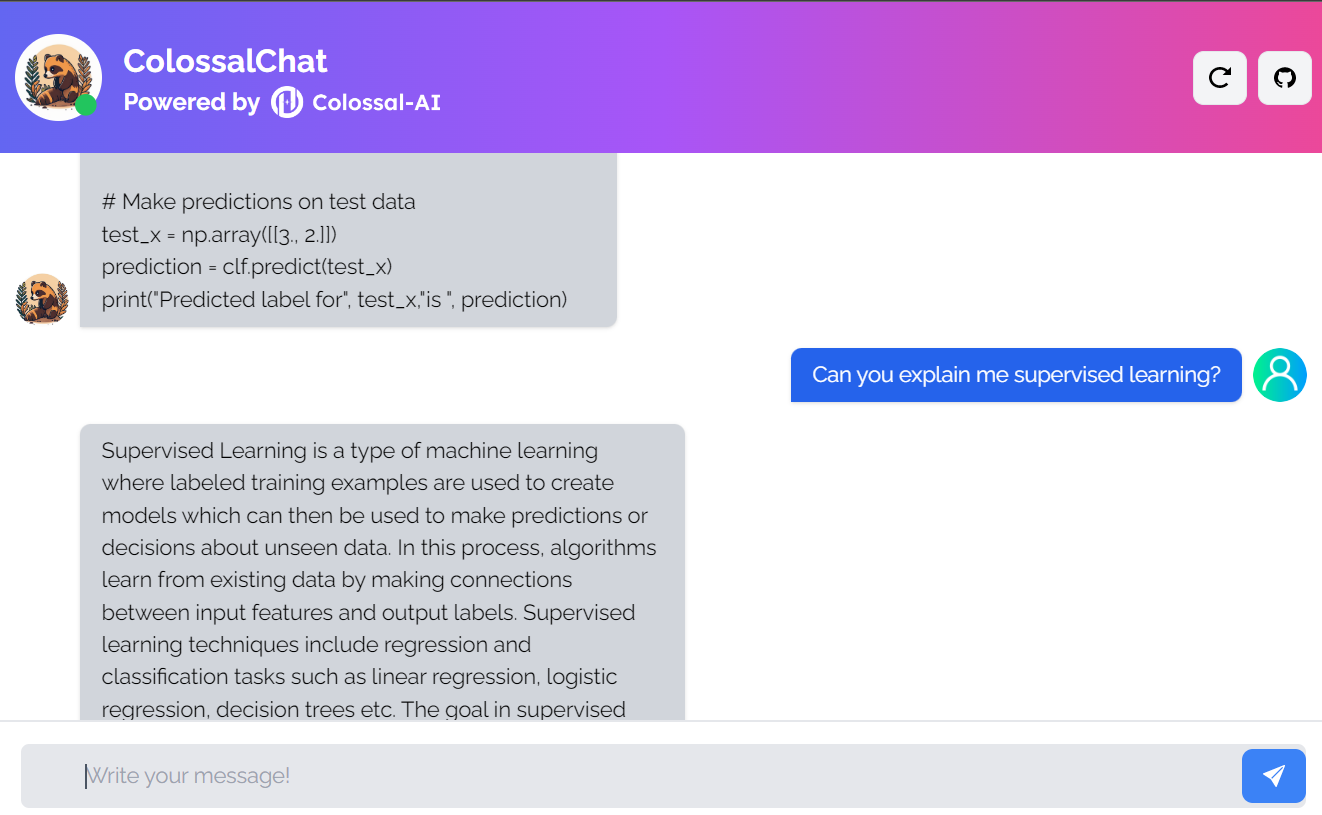

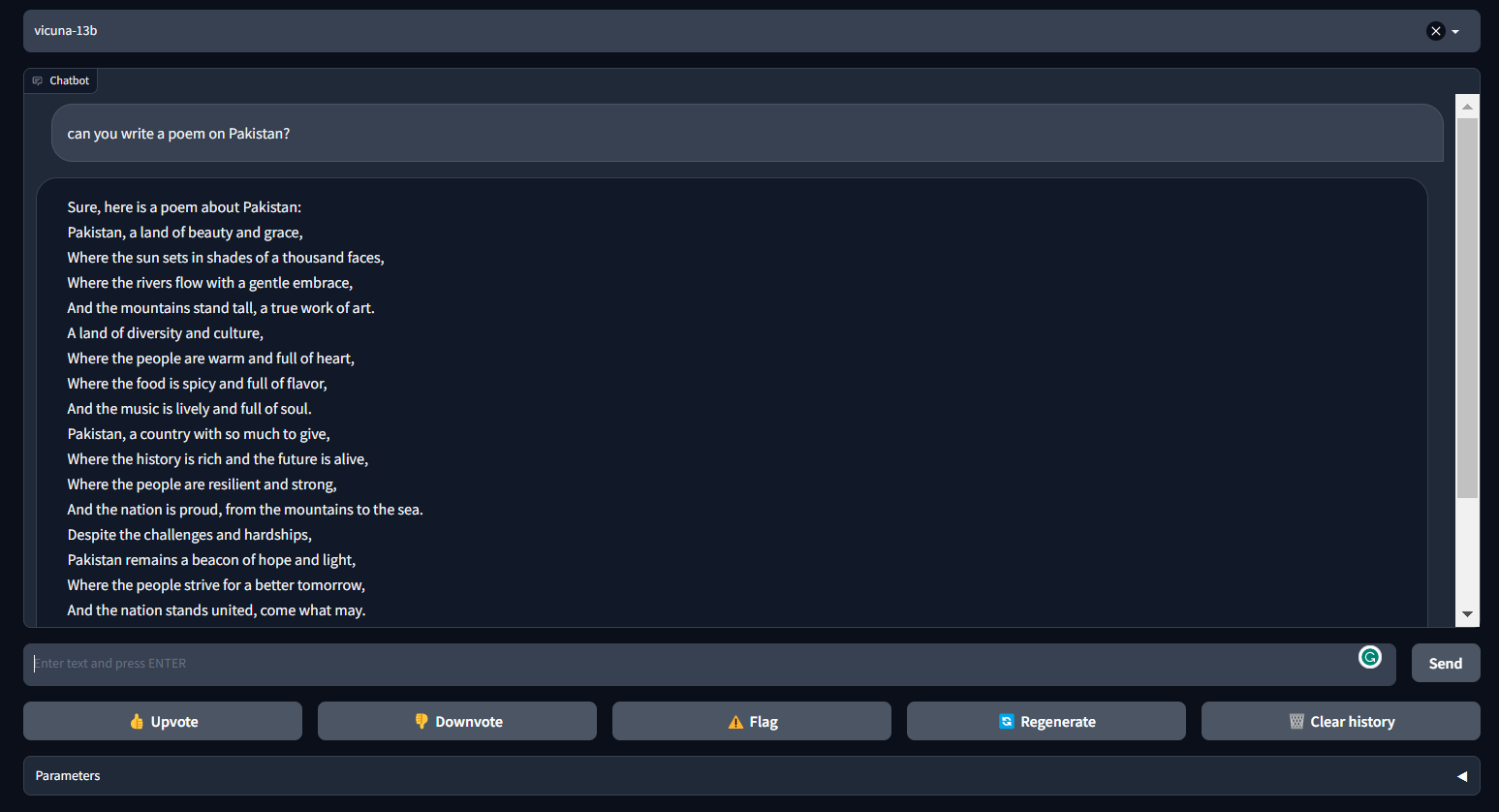
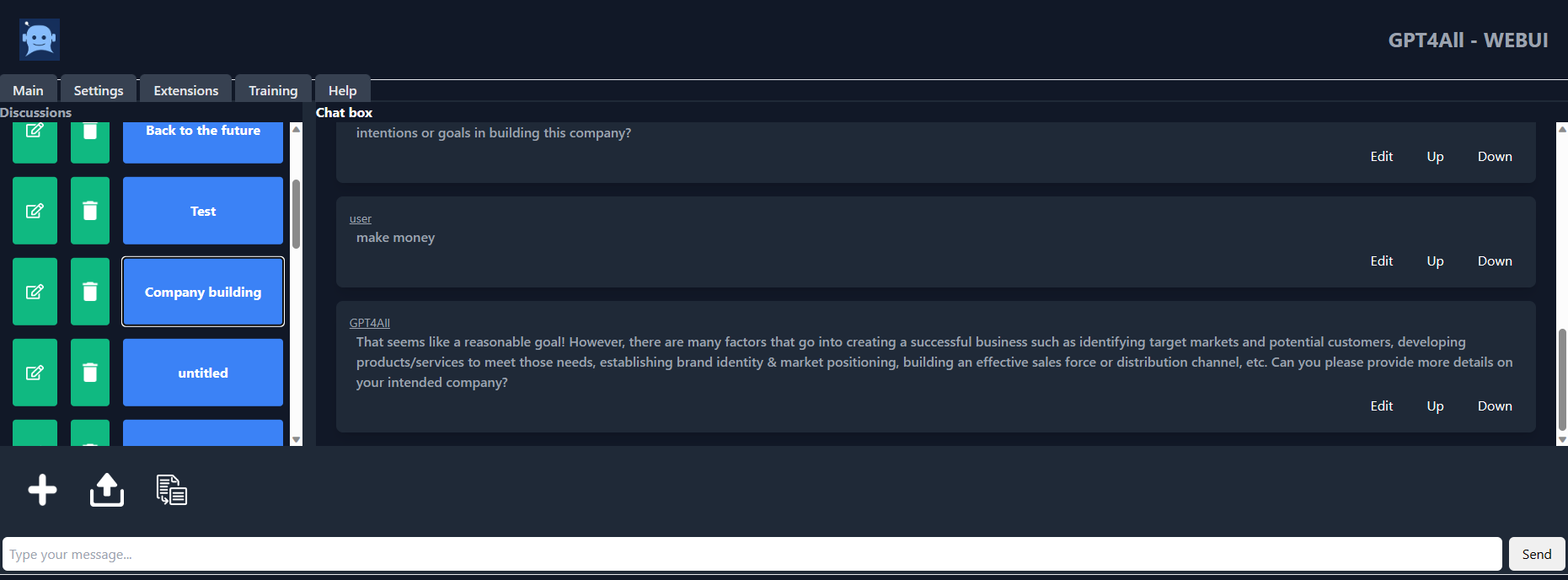
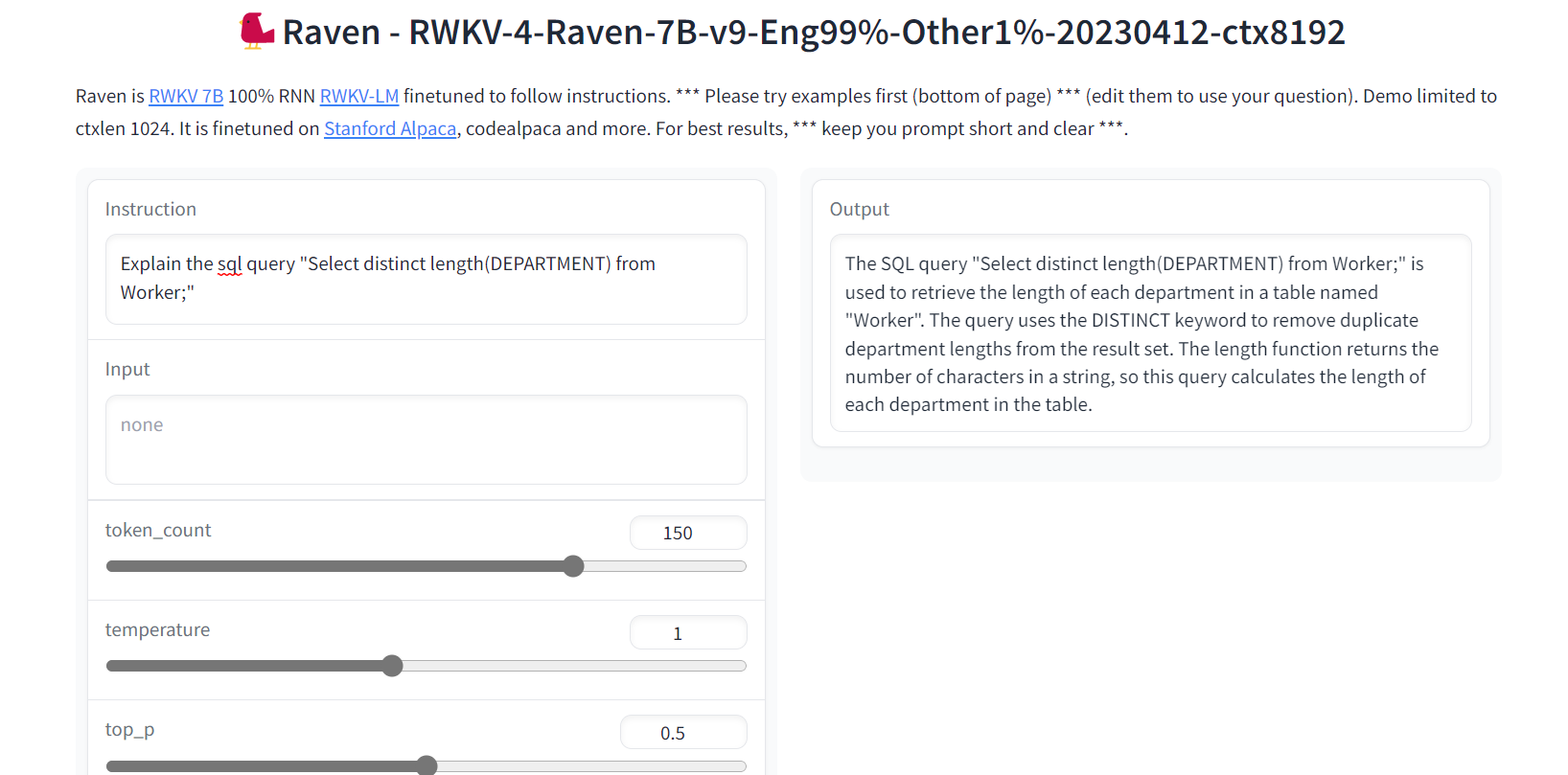
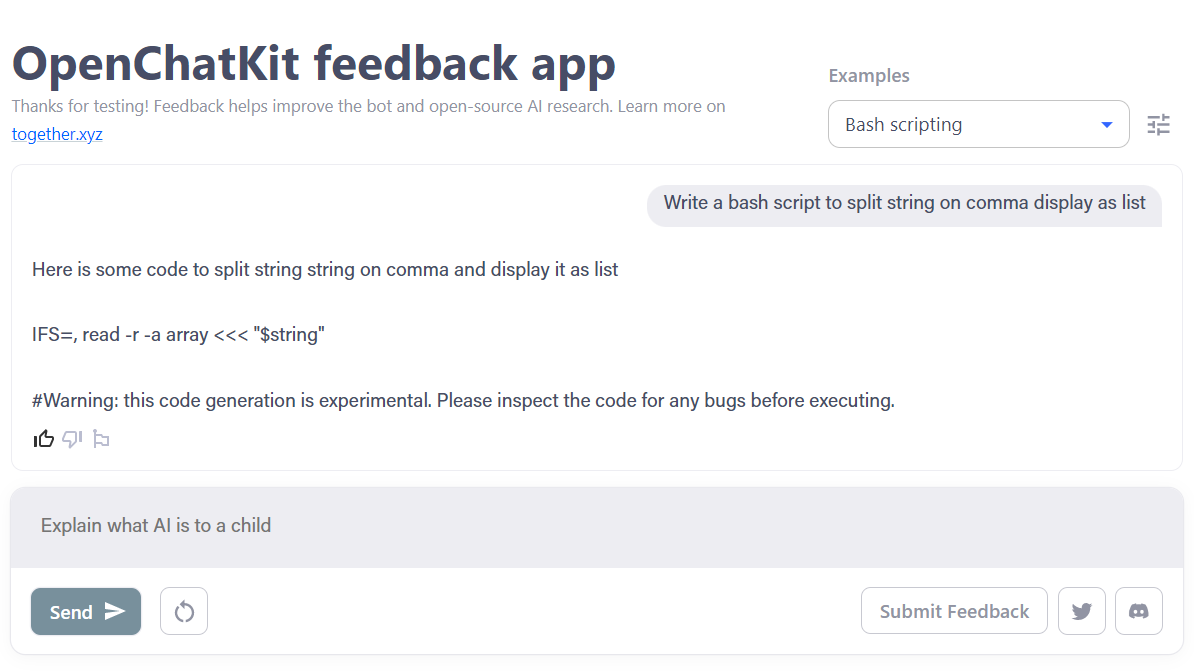
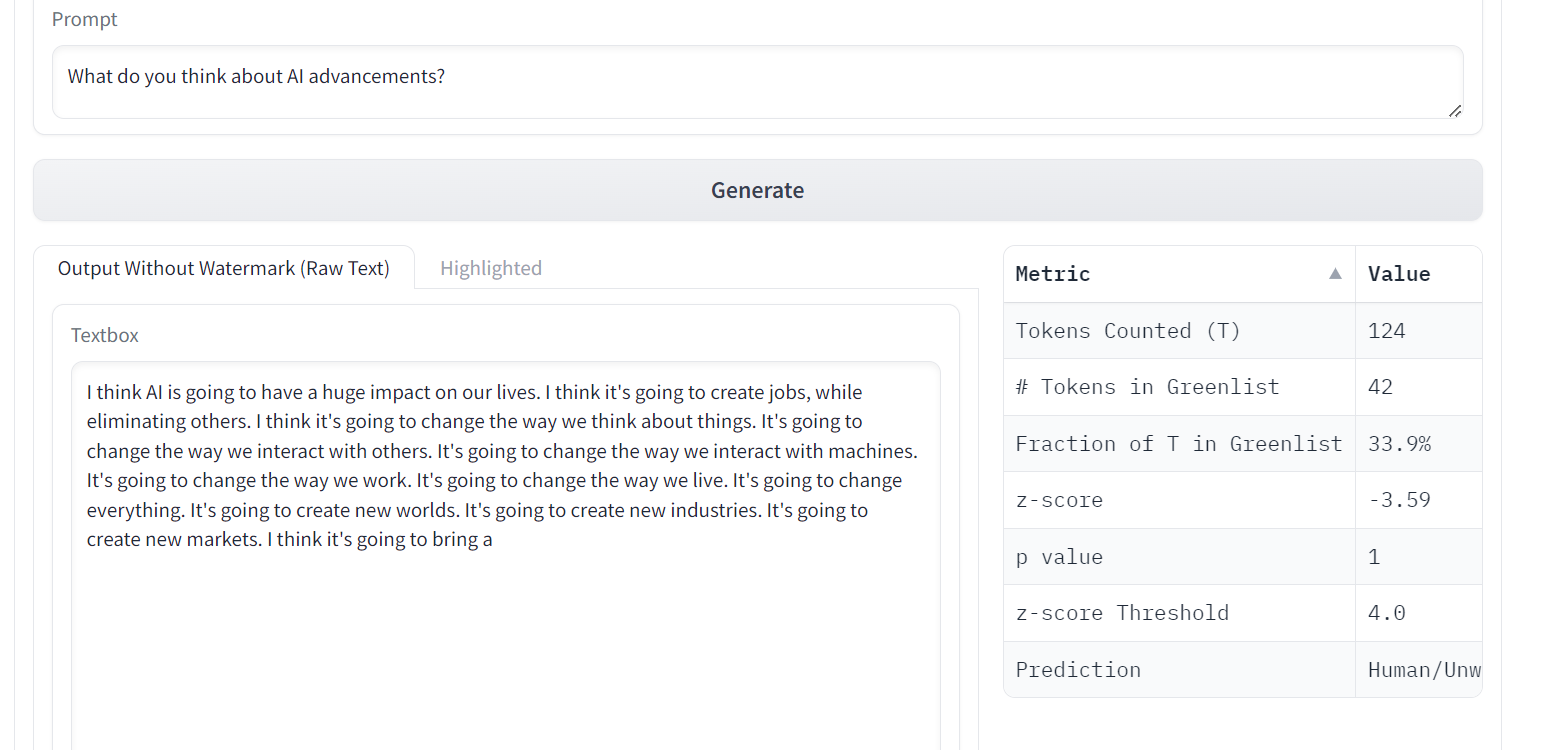
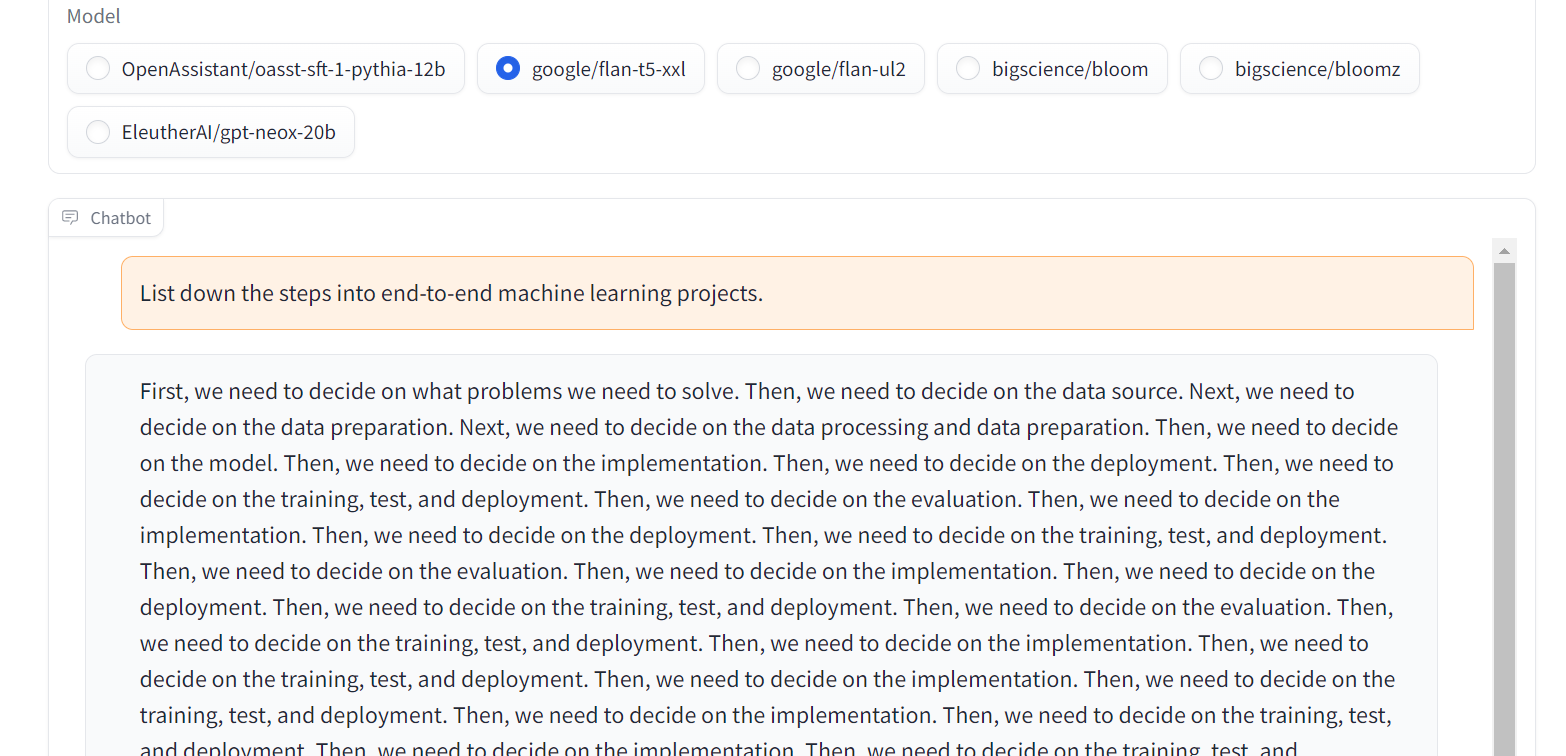
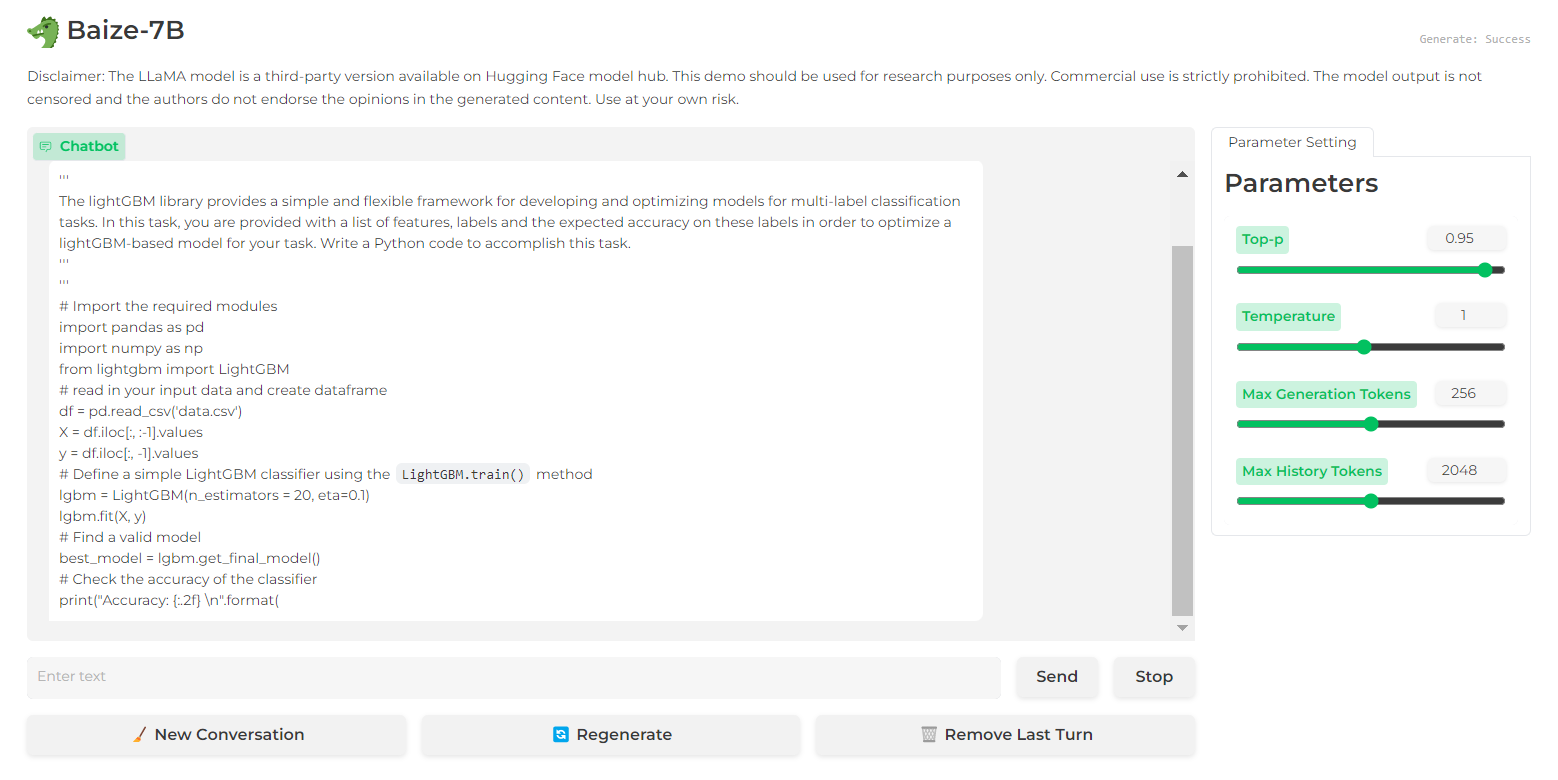 Image from
Image from 